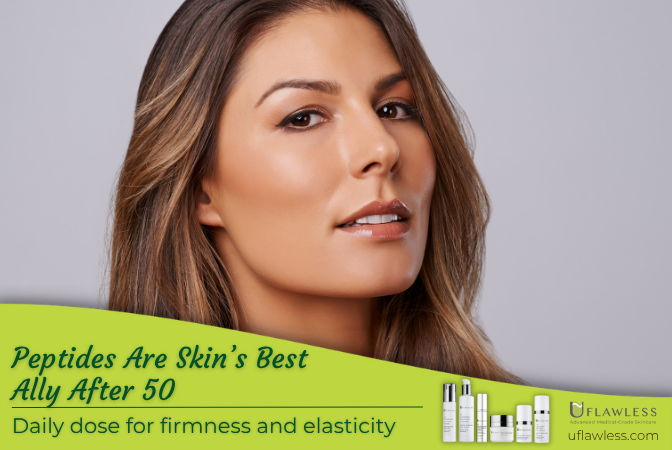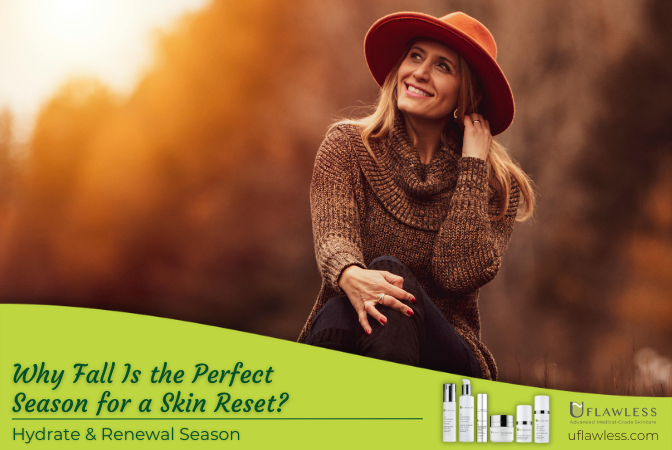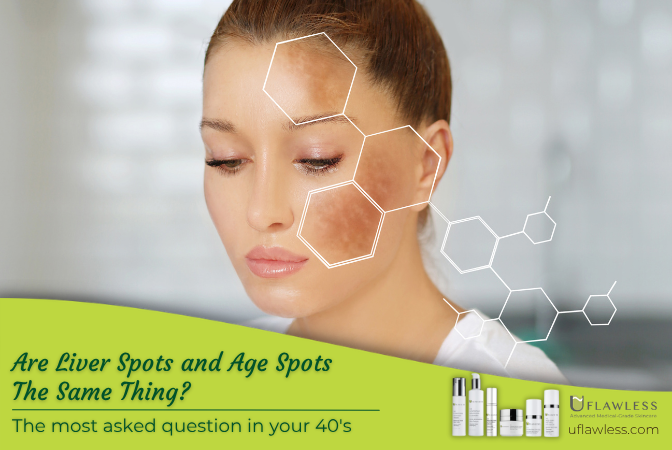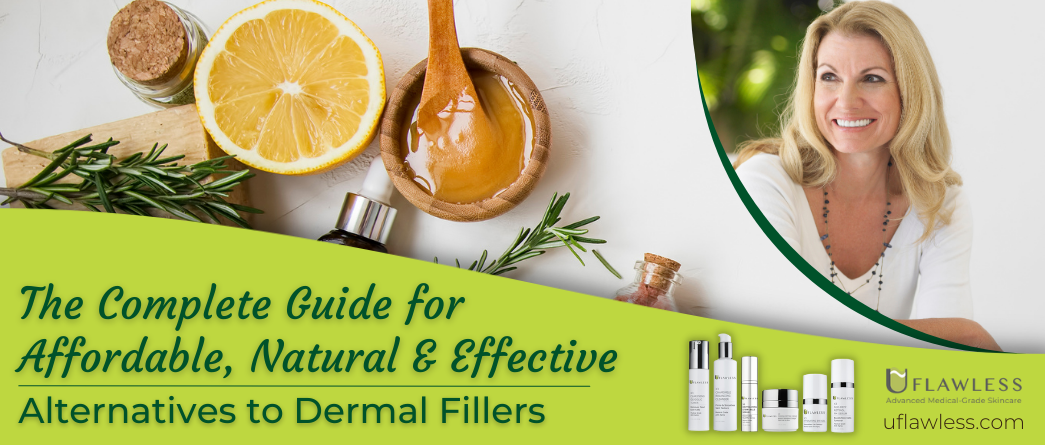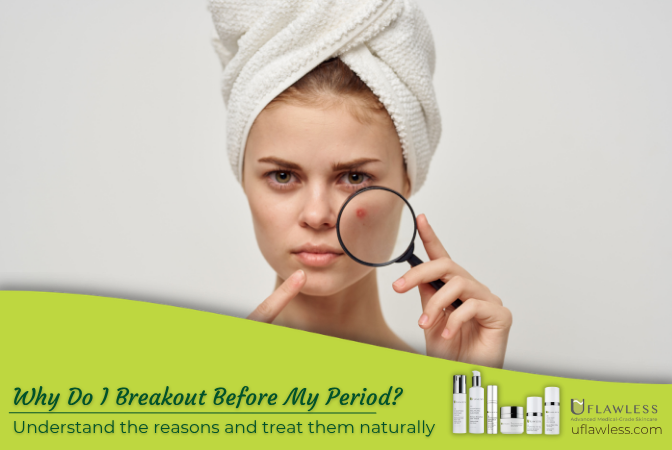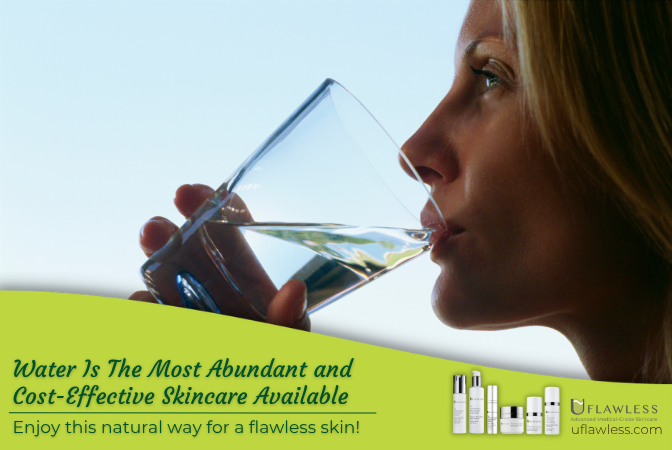
Moisturizing vs. Hydrating: What’s the Difference in Skincare?
If you’ve ever wondered whether moisturizing and hydrating are the same thing, you're not alone.
It's a common question, and the short answer is this:
-
Hydrating means adding water to the skin.
-
Moisturizing means locking in that water to keep it from escaping.
This may sound simple, but understanding the difference can make a big impact on how your skin looks and feels, especially if you’re dealing with dryness, dullness, or rough texture.
Why This Matters: A Real Conversation
Just last week, I was talking with a friend who complained about her dry skin.
She said she moisturized twice a day, but her skin still felt rough and tight.
After chatting a bit more, we realized she was skipping an important step: hydration.
She was moisturizing, but not hydrating.
That’s when I realized many people confuse these two terms, and it’s time we cleared things up.
The Science of Skin: Why Hydration Comes First
Our skin is made up of cells, and about 60% of each cell is water.
To stay healthy, those cells need hydration. But our skin also creates a thin natural layer of oil to help trap that water and protect us from outside elements, like wind, pollution, and bacteria.
Oil and water don’t mix—but in skincare, they can work together beautifully.
Here’s how:
-
Hydrators add water to the skin.
-
Moisturizers seal in that hydration and create a barrier to keep skin soft and plump.
How to Hydrate Your Skin From the Inside
Let’s start with the basics:
-
Drink water — 8 to 12 glasses per day.
-
Eat hydrating foods — fresh fruits and vegetables, plus healthy fats like nuts, avocados, and fish.
Think of it like this: You can be drinking plenty of water and still have dry, dull skin if your skin lacks enough oil to lock that moisture in.
That’s where the right moisturizer steps in.
Hydrating but Still Dry? You Might Be Using the Wrong Products
My friend’s skin was thirsty for water, but the moisturizer she used wasn’t addressing that.
She needed a hydrating product first, then a moisturizer to seal it in.
If you're using a moisturizer that doesn't hydrate first, or if it’s too heavy or not right for your skin type, it could be doing more harm than good.
Result? Wasted money and frustrated skin.
What to Look for in a Hydrating Product
Some of the best hydrating ingredients include:
-
Hyaluronic Acid (HA) – holds up to 1,000x its weight in water.
-
Alpha Hydroxy Acids (AHA) – exfoliates and helps skin absorb hydration.
-
Urea and Propylene Glycol – boost water into skin cells.
For mature or sensitive skin, the best hydrators are natural humectants with marine extracts, seaweed, or algae.
These ingredients hydrate while calming inflammation and nourishing deep layers of skin.
What Makes a Good Moisturizer?
Once you’ve hydrated the skin, it’s time to moisturize. A great moisturizer:
-
Contains natural oils, fruit extracts, and antioxidants.
-
Shields skin from UV rays, pollution, and toxins.
-
Locks hydration deep within, giving your skin that plump, glowing look.
Always check the ingredient list.
Look for cutting-edge actives + natural ingredients, and avoid heavy formulas that clog pores.

Don’t Forget: Cleansing Comes First
You can’t hydrate or moisturize properly if your skin is dirty or clogged.
That’s why cleansing is the most important first step.
A good cleanser:
-
Removes impurities, dead skin, and oil buildup.
-
Preps the skin so hydrators and moisturizers can penetrate effectively.
Choose a gentle, pH-balanced cleanser that won’t strip your skin’s natural barrier.
And What About Sunscreen?
This is where opinions vary. But here’s the basic breakdown:
-
Chemical sunscreens: Need to be absorbed into the skin to work. Apply these before moisturizer.
-
Mineral sunscreens: Sit on the surface and reflect UV rays. Apply these after moisturizing.
Some dermatologists say to apply chemical sunscreen first, wait 15 minutes, then hydrate and moisturize.
Others suggest applying your full routine and finishing with mineral sunscreen.
The truth is, do what works for your skin.
Just remember: SPF 30 or higher, every single day, rain or shine.

It’s just as important as drinking water.
Understanding the difference between hydration and moisturization can completely transform your skin, and your skincare routine.
Here’s your simple 3-step order:
-
Cleanse
-
Hydrate
-
Moisturize
-
(Optional but recommended) Sunscreen
When you combine smart skincare with a healthy lifestyle, glowing skin isn’t just possible, it’s inevitable.
Stay consistent. Stay radiant. Stay UFlawless.




